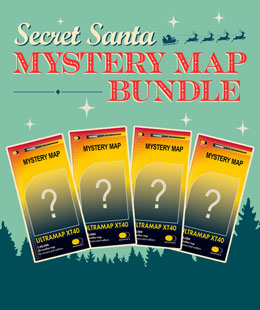December 2021 - Winter clothing tips
by Nigel Williams

A good quality rucsac around 35 - 40 litres with a traditional lid pocket works well. Line it with a separate dry bag or water proof liner. (Rucsac covers in winter tend to get blown away or collect blown snow).
Gaiters are good in winter to stop snow going into your boots. I wear mine under waterproof trousers as any snow has to go up inside the trouser before it can travel down into the boots and melt. Wearing them outside trousers allows rain and snow to travel straight down into your boots.
Take your walking boots with you when buying a pair of walking trousers. Nothing worse than finding you can’t get your new trousers on over your boots in pouring rain or snow and have to remove them. Longer side zipped trousers are more expensive but they are quick to put on without needing bare hands to fiddle with boot laces.
"Cotton kills" is an old adage, a good thermal base layer is a must. A buff is also a simple light piece of clothing that around the neck is almost worth another thin layer. An invaluable piece of clothing, take a look at the range of versatile HARVEY XT Headwear. What's more, a good pair of hiking socks such as HARVEY's Contour 15 XT Hiking socks will give you a thicker, warmer and tougher layer suitable for a long day on the hills.
As an extra warm layer many mountaineers carry a synthetic duvet type jacket referred to as a belay jacket which will keep you warm even if wet. Down is for dry cold weather which is not the norm in Scotland.
A good pair of outer mittens or gloves that are waterproof is also an essential piece of kit for me. Gloves are very difficult to make waterproof with so many seams. Mittens are easier and warmer but tricky if manipulating a compass.
No piece of winter kit works in isolation. It is the sum of the whole set of clothing and equipment and one weak link can often expose others on a bad day.
Return to the Navigation Blog
 FREE UK delivery
FREE UK delivery For Christmas delivery information
For Christmas delivery information 








